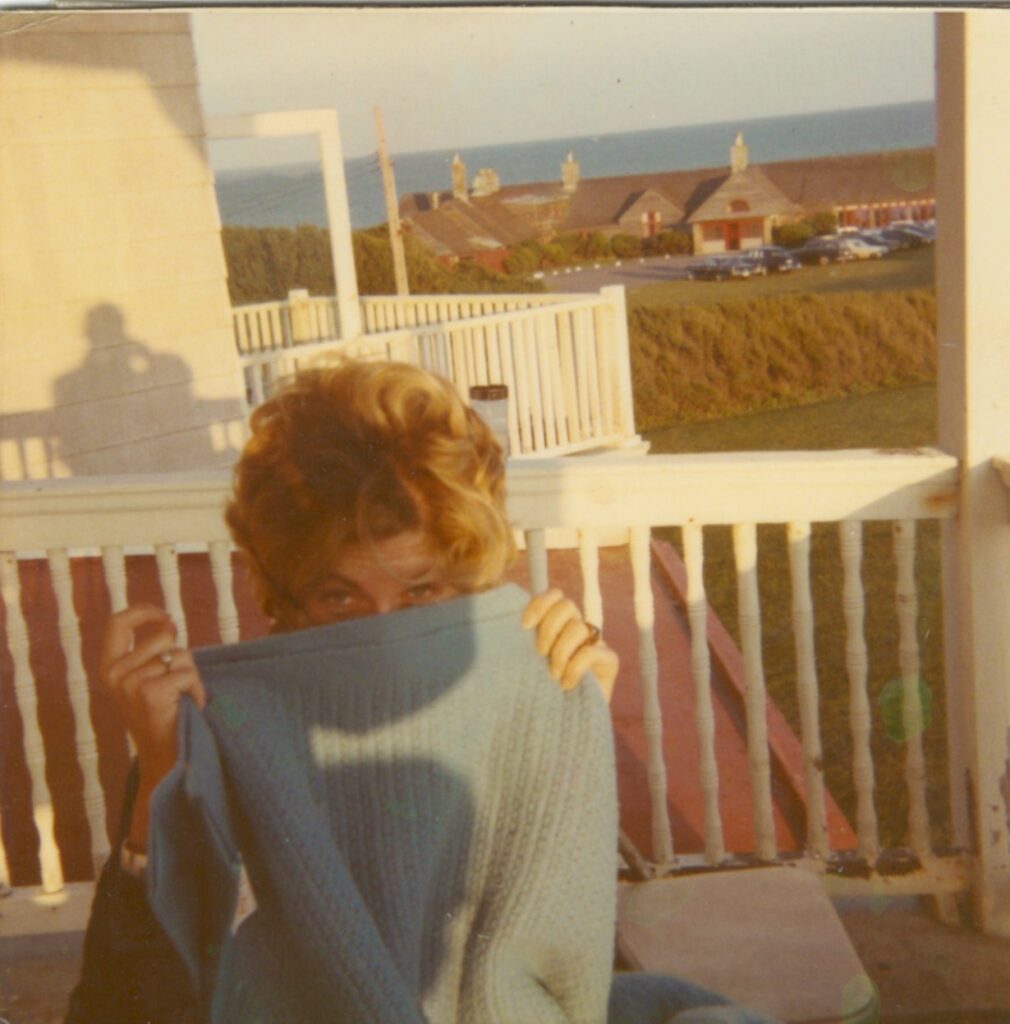This is not part of my tale. This was told to me by three Naval Officers who were at the Naval Destroyer School in 1973, attending the six-month Department Head Course in Newport, Rhode Island. i hopefully have made the ship and the characters in this story anonymous. i also hope that land lubbers who read this understand enough about Navy ships at sea (at least back then) to understand the outlandish bravado in the story.
At one point of Naval history, there were commanding officers who shied away from involvement in the operation of the engineering plant. They left that solely to the engineer. i was the Chief Engineer or CHENG on a ship with such a CO after this story occurred.
On this particular Atlantic Navy destroyer in the Atlantic, the captain was of that makeup. His CHENG ran a great engineering operation. Even though he was somewhat of a crazy guy, the captain would laugh at his antics and let him run his department without interference.
This ship was independently steaming in the Navy’s Atlantic Operation Areas off of Newport, Rhode Island. CHENG had the mid-watch (0000-0400) as the Officer of the Deck (OOD). After about two hours, he was a little bored and decided to do something a bit different.
First, he switched steering control to after steering. Then, he ordered the bridge watch to the flying bridge, one deck above the pilot house. He directed the lookouts on the port and starboard bridge wings also to move to the flying bridge. He checked the bridge out and ensured it was empty.
It was 0200. The captain was sleeping in his sea cabin, which was just aft of the pilot house/bridge on the starboard side. CHENG, the OOD, ordered the Boatswain Mate of the Watch (BMOW) to make an announcement over the 1MC (the ship’s announcing system) and immediately return to the flying bridge.
The BMOW said “Aye, aye, sir,” and knowing boatswainmates, i’m betting he was loving it.
He descended to the 1MC speaker, piped “attention” on his boatswain’s pipe, announced. “Captain to the bridge,” in an excited voice and immediately climbed the ladder to the fourth deck afterwards.
For those who don’t know, such an announcement connotes an emergency situation when the captain is immediately required to handle an impending disaster. Normally, during the evening watches when the captain is in his sea cabin, the OOD would communicate with him via a sound tube — and that device created some sea stories of its own.
So, calling the captain to the bridge at 0200 on the 1MC is only when peril is upon the ship, which it wasn’t in this situation. But the captain didn’t know that. So he jumps from his rack, perhaps jumped into his trousers, but more likely just rushed through his door to the bridge in his skivvies.
He burst onto the bridge and found…Nothing. No one was there.
i am amazed that 1) he didn’t have a heart attack, and 2) when he found out the joke was on him, he did not fire, or kill his CHENG.
The tellers of this tale swore the captain laughed and did not punish the CHENG/OOD.
To this day, i keep trying to envision a destroyer captain bursting on the bridge to handle some dire emergency to find his bridge empty.
